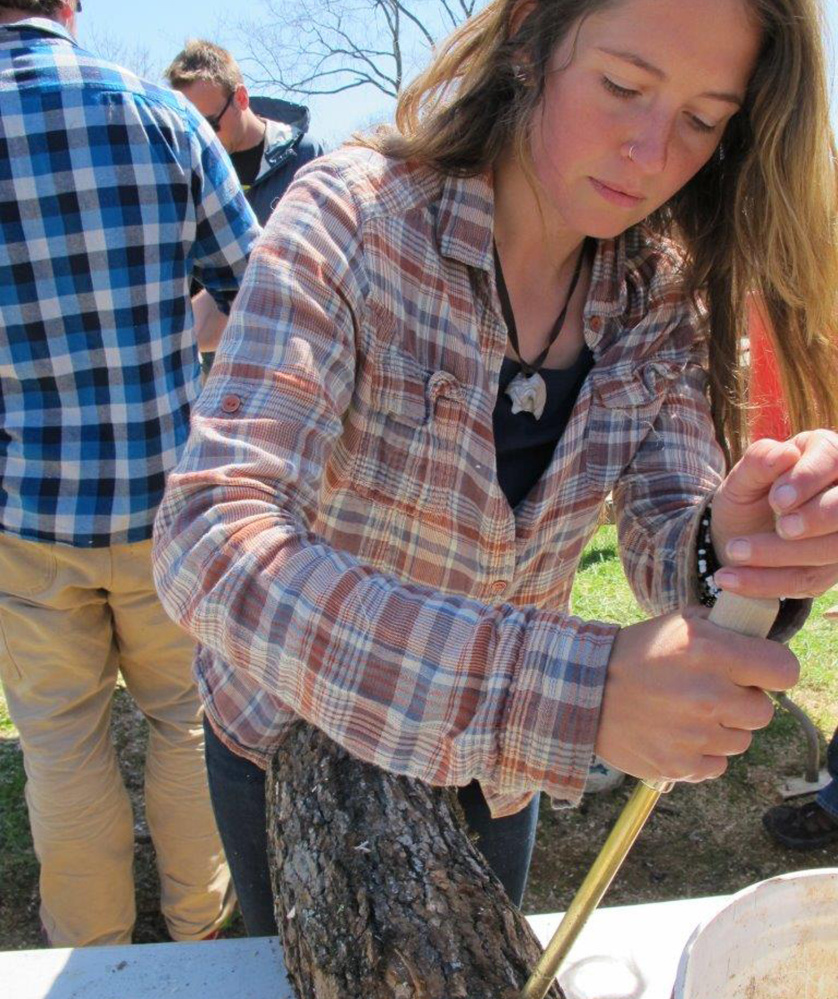MIDDLEBURY, Vt. — Spring in Vermont means muddy roads, the return of green to the landscape, farmers planting crops … and Shiitakepalooza.
About 100 people gathered at the Eddy Farm in Middlebury on Saturday to help two mushroom growers prepare logs for next year’s crop and to learn how to grow their own shiitakes.
At the sixth annual event, volunteers inoculated logs with shiitake spawn that will sprout mushrooms in about a year. Participants get to take home a log for their own crop of mushrooms, considered by fans to be superfood.
According to the U.S. Department of Agriculture, the volume and value of sales of mushrooms and the number of growers have increased each year from 2012 to 2015.
Most mushrooms are grown indoors in sawdust, but log-grown shiitakes sell for $16 to $20 a pound in the Northeast, making them a viable additional source of income or hobby for farmers and woodlot owners.
And more people are catching on to the art and science of growing them. The number of shiitake growers with at least 200 logs in production or an indoor commercial growing area rose to 216 in 2014-15 from 179 in 2012-13, according to the USDA.
Growing them on logs can make for a lot of work at certain times in the cycle, so any extra hands are appreciated. That was partly the origin of Shiitakepalooza.
“The inoculation aspect of it is definitely very labor-intensive, which is why setting up a few assembly lines and getting as many people involved really makes it fun,” said Nick Laskovski of Dana Forest Farm in Waitsfield, who sells about 500 pounds of mushrooms a year, primarily to local restaurants.
Katy Marshall and Ryan Baxter, of Swanton, showed up Friday to learn more about the growing process, joining other friends and family of growers Andy Bojanowski, of Eddy Farm, and Laskovski.
Once the logs are inoculated, they sit for a year before they’re dunked in cold water or shocked. Weeks later, they yield mushrooms. The logs can be shocked again eight to 10 weeks later for another crop, Laskovski said. They then are rested for another year before the process is repeated again, he said.
But the logs only last about five years before they start to deteriorate, so growers continually add logs to their operation. Laskovski has about 1,000 and is shooting for more. But he says there’s a fine line between how much he can manage on his own with a full-time job.
“Shiitakepalooza will help my … log backup,” he said.
Send questions/comments to the editors.


